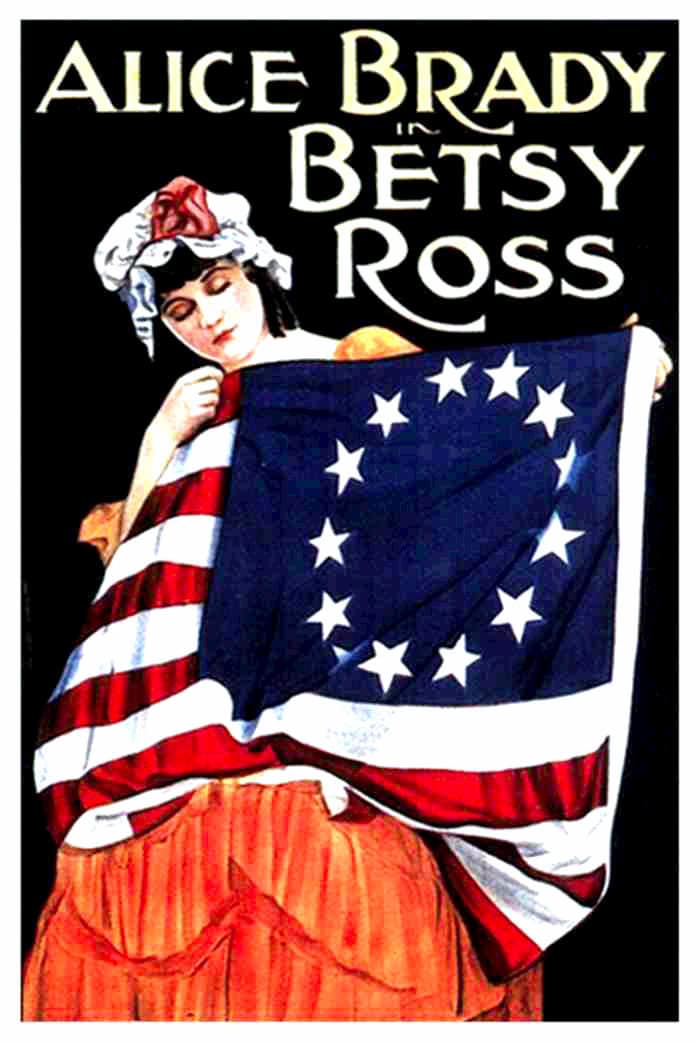“Myth or reality?” is an apt question for many historic facts or “facts”. For example, is the story that Betsy Ross made America’s first flag true, or just a myth? Did the Pilgrims actually land at Plymouth Rock? Did immigrants who were processed at Ellis Island have their names changed by officials to more American-sounding ones? Below are twenty five things those about those and other widely accepted historic narratives.

ADVERTISEMENT - CONTINUE READING BELOW
The Myth of Betsy Ross and the American Flag
Generations of American schoolchildren grew up with the tale of Betsy Ross (1752 – 1836), the woman who sewed America’s first flag. A Philadelphia upholsterer and seamstress, Ross made tents, and sewed uniforms and flags for the Continental Army and Navy. In 1776, she reportedly received a visit from Colonel George Ross, a relative, accompanied by George Washington and financier Robert Morris. They asked her to make a flag based on a sketch that featured thirteen six-pointed white stars, and thirteen red and white stripes. Ross accepted, but suggested some changes: reduce the points of the stars from six to five, and arrange them in a circle. On July 14th, 1777, Congress adopted that design as the national flag.

ADVERTISEMENT - CONTINUE READING BELOW
It is a nice story, but unfortunately, aside from the fact that the Stars and Stripes was not America’s first flag, the account that Ross had sewn it is probably a myth. There is no contemporary documentary support to back it up. Indeed, the first mention of Betsy Ross and the original Stars and Stripes only came a century later. In 1870, her grandson William Canby claimed that Ross had relayed that account to her daughter, niece, and granddaughter. Harper’s New Monthly Magazine published the story in 1873, and it was uncritically accepted and made it into schoolbooks. So, what is the real scoop about the origins of the Stars and Stripes?

